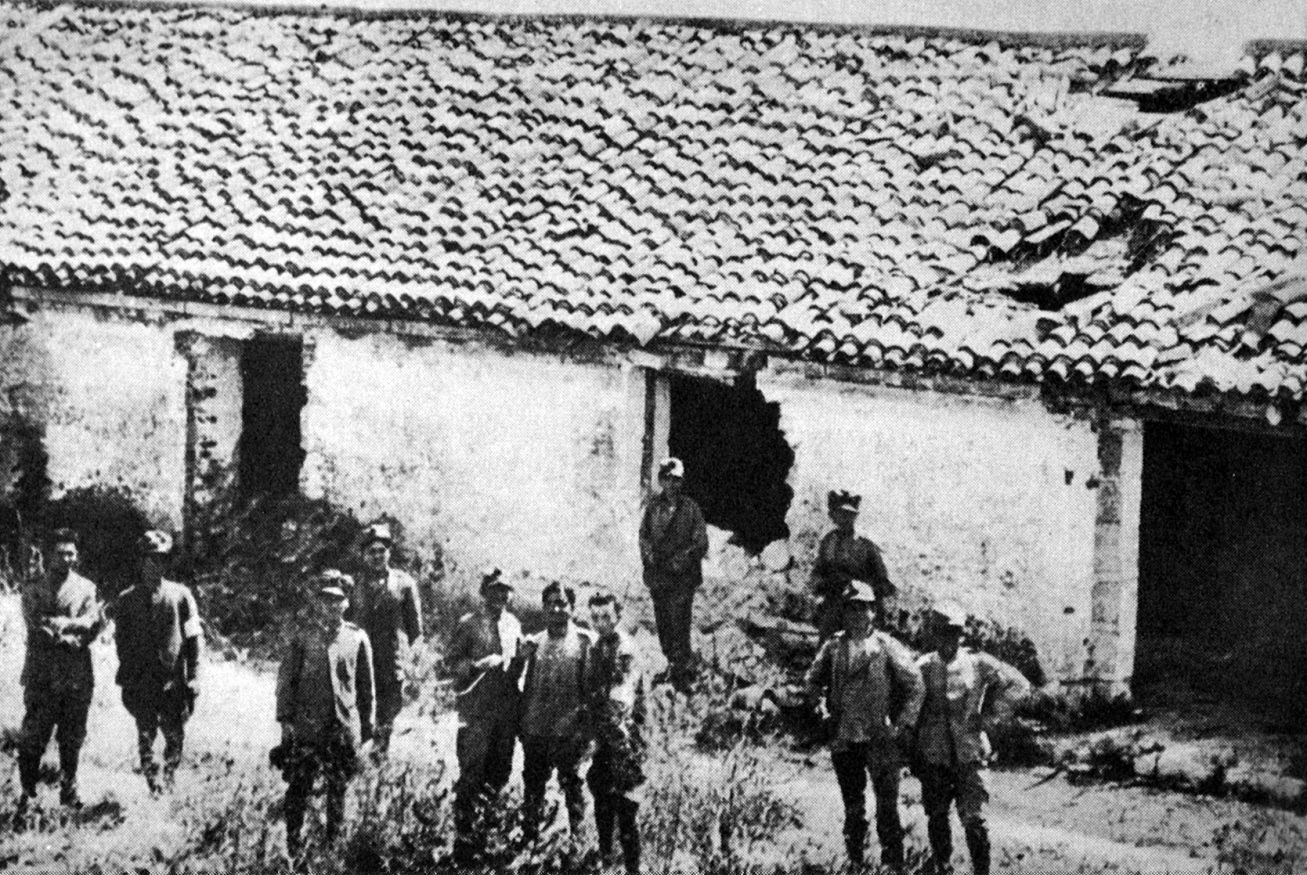

Signor Mussolini, in addressing the Cabinet, declared that the situation at Corfu was perfectly normal. The Italian garrison was sufficient to meet all emergencies. European public opinion was beginning to modify its attitude, and comments approving of Italy's action were increasing.
Dunedin sees wood for the trees
The tree is at length coming to its own, and the enormous commercial possibilities of afforestation are being recognised on every hand. In Dunedin the City Corporation through its superintendent of reserves, Mr D. Tannock, has been giving careful attention to this matter for a number of years. Without any fuss or publicity the work has been going steadily forward, with the result that a very extensive scheme of plantation of immense potential value to the city is now nearing completion. The corporation has four plantation areas — at Whare Flat, Flagstaff, Ross Creek and Leith Valley — and together these make up an area not far short of 2000 acres. By far the largest is the Flagstaff plantation of 1000 acres surrounding the Flagstaff Creek, which is an important feeder of the Silverstream race. If these plantations did nothing more than crowd out gorse and broom and scrub and put otherwise useless country into excellent condition as a clean-holding watershed for the city supply they would he very well worth the slight expense and trouble they involve. But in addition to all that there is always their timber value to be considered.
Grim figures from Japan quake
An Osaka newspaper announces that the Tokio fire has been extinguished. The following details are given of the dead: Tokio 150,000; Yokohama 100,000; Yokosuka 60,000; Atami 10,000; Country districts 20,000.
Fundraiser a success
The proceeds of the Commercial Travellers’ "Big Day" enabled the Mayor (Mr H.L. Tapley) to forward £127 10s to each of the following institutions: Men’s Mission House, Patients’ and Prisoners’ Aid Society, St Vincent de Paul Orphanage and Presbyterian Social Service Association, and also £50 to the St John Ambulance Association. — ODT, 6.9.1923
Compiled by Peter Dowden












